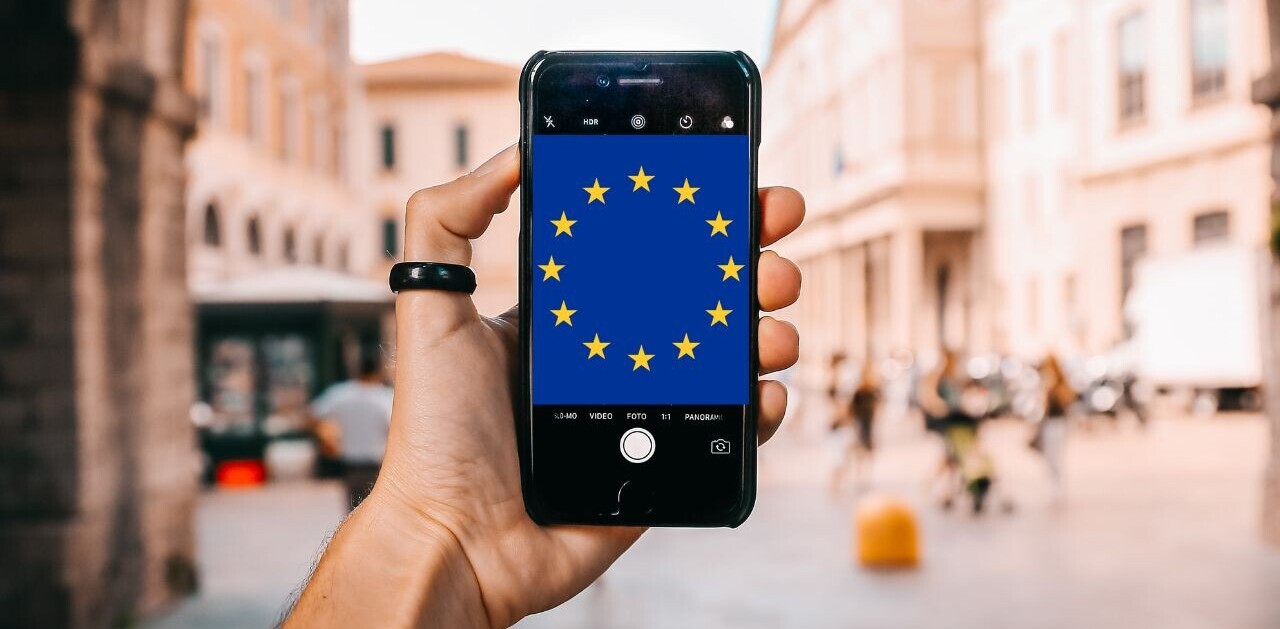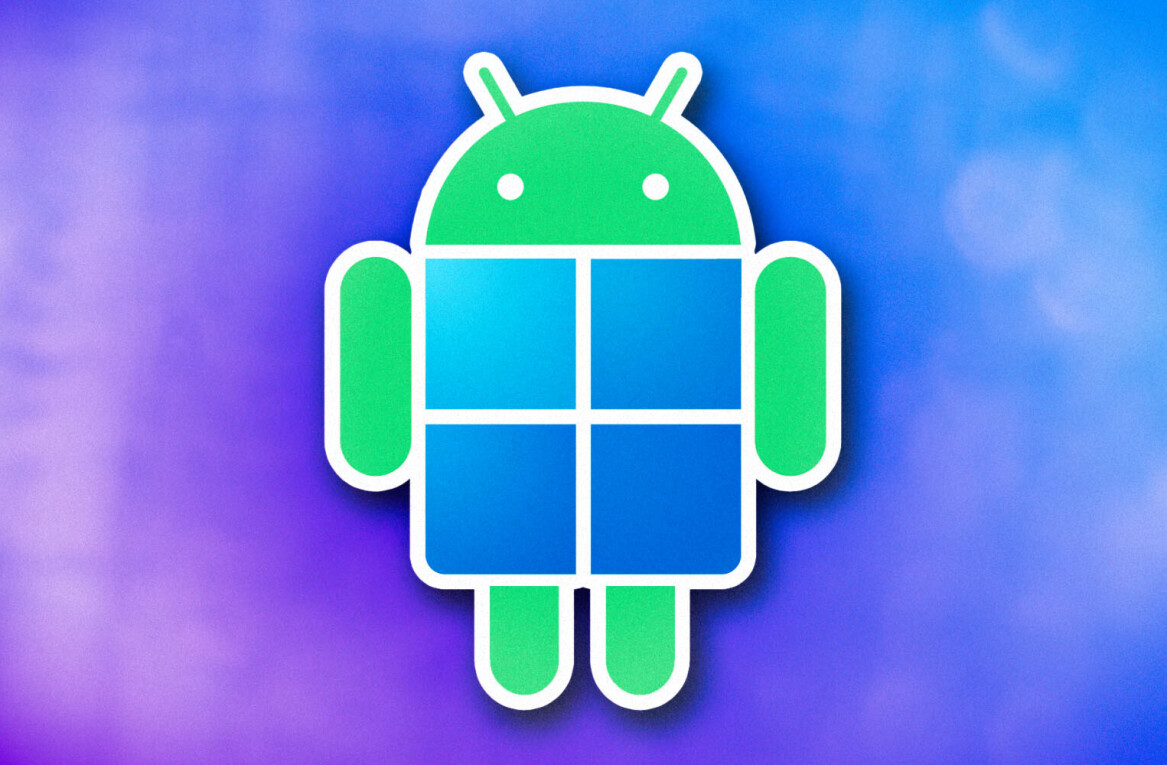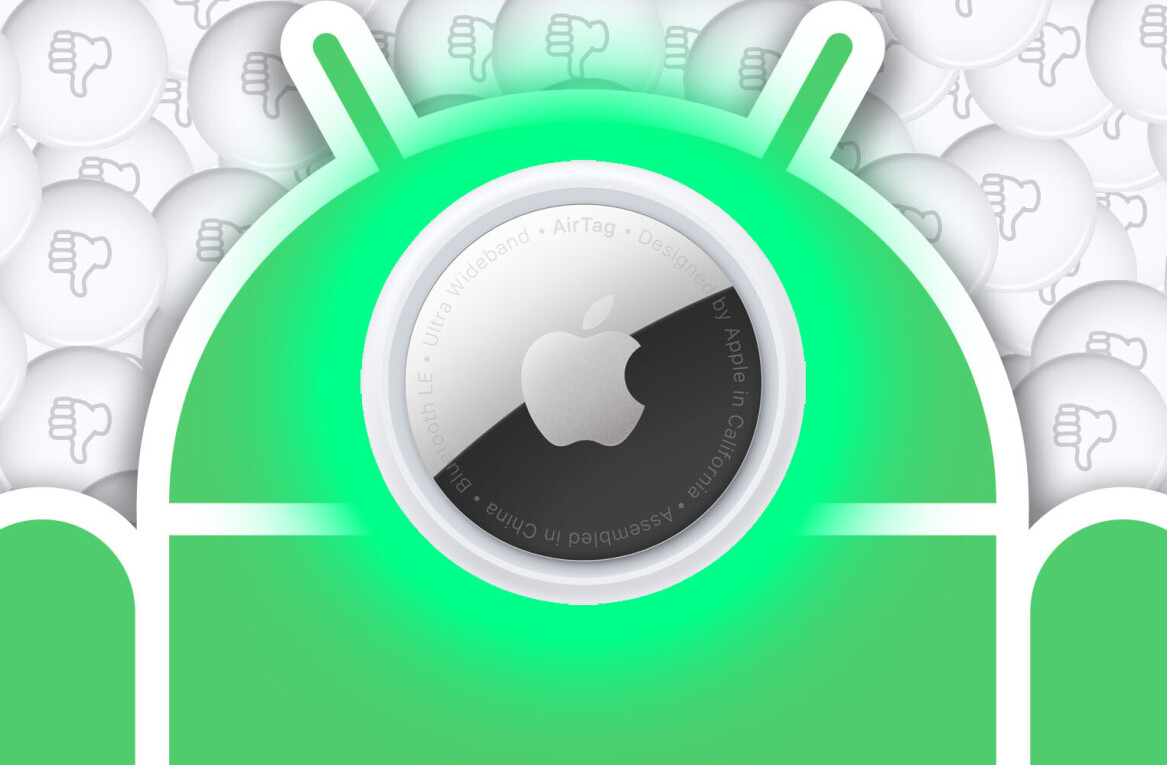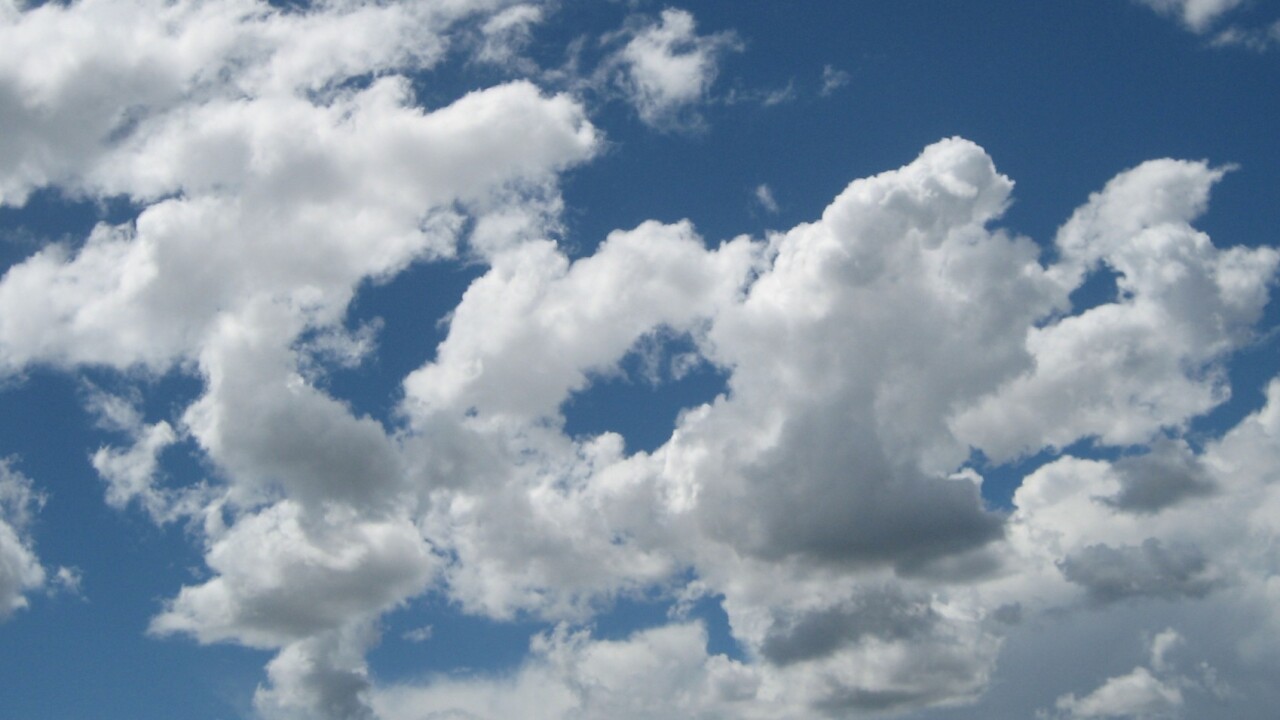
If you’re a fan of OpenSignal, the mobile app that creates independent maps of mobile phone network coverage based on information crowdsourced from mobile phone users, then you may be interested to learn of a new standalone weather app the company’s currently trialing.
WeatherSignal is available on Google Play from today, alongside its website, and is setting out to create a new way of collating weather data based on the native sensors on Android devices. Indeed, OpenSignal is calling this “the most ambitious weather crowdsourcing project ever,” but it’s worth noting here that it is still very early-stage.
Given it relies on users installing the app, at launch it won’t be drawing on too much data. But there is a handful of phones currently contributing data, so there will be something in there. However, the idea is that it shouldn’t take long to start gathering useful weather-related data even with just a few thousands downloads.
“The ubiquity of the modern smartphone means that for the first time it is possible to collect weather data at a level and frequency unavailable to current weather station networks,” the company says in its announcement. “We hope that by collecting and displaying this data we will be able to improve the granularity of weather readings – leading to more accurate, localised forecasts in the future.”
The app taps the available phone’ sensors which were designed for other functions, and repurposes them for weather forecasts. It can’t, however, detect wind.
How it works
Firstly, it’s worth stressing that there are limitations to this tech. According to OpenSignal, only the Samsung Galaxy S4 offers “the most complete phone” in terms of sensors, but it will be able to track temperature readings, pressure, humidity, light intensity and magnetic flux, and compare their readings over time. Other Android handsets can glean some of this data too, depending on how old the device is and what sensors it has.
When you first launch the app, you’ll see a series of boxes containing a range of data, and clicking on each one will guide you to more details.
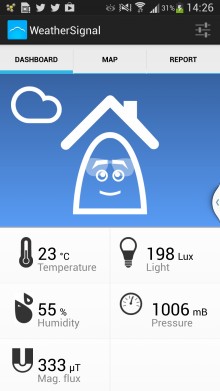

The good folks at OpenSignal say they have discovered they can collect temperature from phones that don’t have an external thermometer, but can’t give out the full details as they’re still awaiting publication of their research in a scientific journal.
However, the general gist is that they’ve developed an algorithm which translates battery temperature into ambient temperature – which is the temperature in a room or surrounding an object (in this case the phone). Obviously, this won’t be representative of the weather when taken on an individual basis, but when aggregated across a crowd it should mean an increase in accuracy.
For light, the app taps the phone’s built-in light intensity meter, while humidity is gleaned via the hygrometer. Pressure is detected using the barometer, which is primarily designed to establish GPS location. Magnetic flux, if you ever need to know that, is measured through the magnetometer which is meant to give your phone compass functionality.
The company says it will be using environmental-fingerprinting techniques to help establish whether a user is indoors or outdoors. This should reduce the chances of false sensor readings through users who are sitting in an air-conditioned hotel lobby.

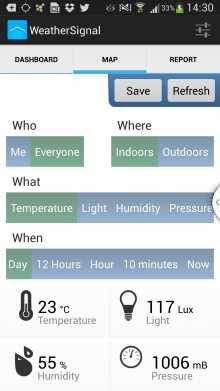
It is still very early days for WeatherSignal, so don’t expect it to be entirely representative of the weather outside quite yet. And there’s lots of room for additional functionality too, such as a search feature to look for the weather in other places.
Also, sensor readings will likely vary across Android devices, with the company noting that the Galaxy S4 and Galaxy Nexus measure very different luminosities (measure of brightness), but this is something it hopes to correct once they’ve collected sufficient data. And obviously, over time, the more handsets that mirror the available sensors on the Galaxy 4, the more useful data the company can use.
Ultimately, what the app needs is users – and lots of them. By gleaning as much (anonymised) data as possible, it hopes to create a live, accurate weather map that tells you what the weather is at any given moment, anywhere in the world.
Meanwhile, you may wish to check out a manually-crowdsourced weather apps such as Weddar, or even Weathermob.
WeatherSignal for Android is available to download on Google Play now.
Get the TNW newsletter
Get the most important tech news in your inbox each week.

